@DownPW it is the second post of this thread.
Issues getting Flarum to work on new host
-
@Hari Ok. Let me have a look at this for you.
-
@Hari done. You should now be able to run
composerdirectly as any user (preferably not root) inside thepublic_htmldirectory.Essentially, it needs to be installed as
php composer-setup.php --install-dir=/usr/bin --filename=composer -
@phenomlab sir, do i need to move any files now? or did you fix it ?
-
@Hari Fixed. No need to move anything. It should just “work”

-
@Hari you can go ahead and use
sudo apt install redis-server redis-toolsto get Redis up and running now. After that, (hopefully) Flarum should boot. -
@phenomlab i should also setup cron jobs now searching
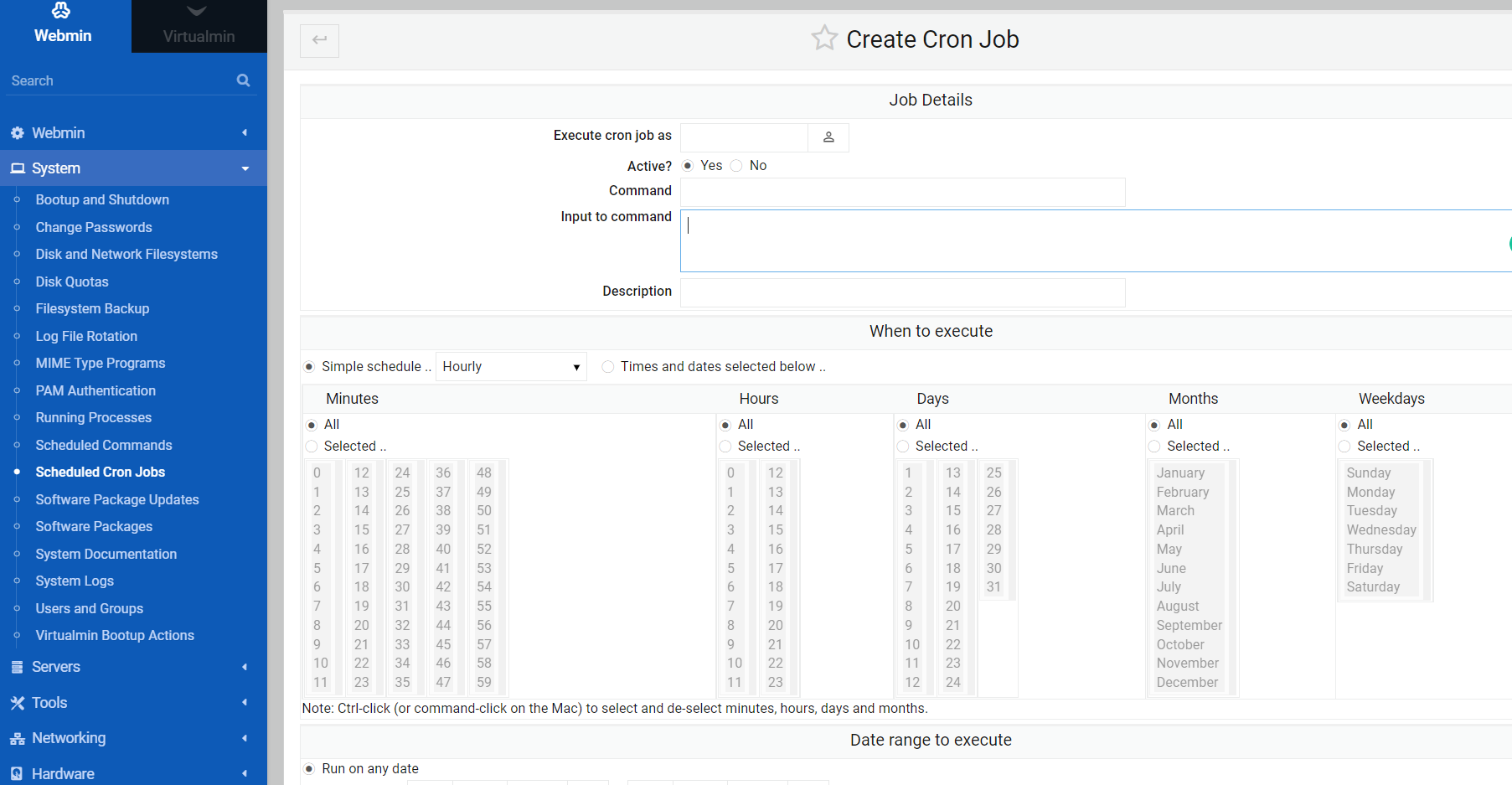
-
-
@phenomlab i have added cron job
updated the config file but flarum is not running on IP
when i disable redis its not loading inner pages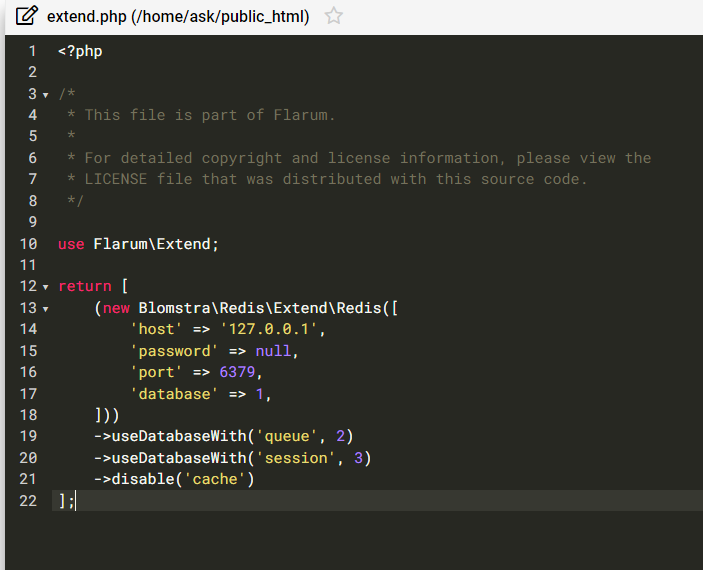
-
@Hari That’s expected because you didn’t run
sudo apt install redis-server redis-tools
I’ve just done this, and the site now loads. -
@phenomlab i did execute that command, the inner discussion pages still not loading
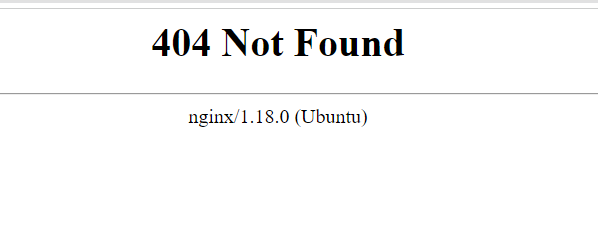
-
@Hari said in Issues getting Flarum to work on new host:
i did execute that command, the inner discussion pages still not loading
If you’d executed it, then it wouldn’t have installed when I ran it
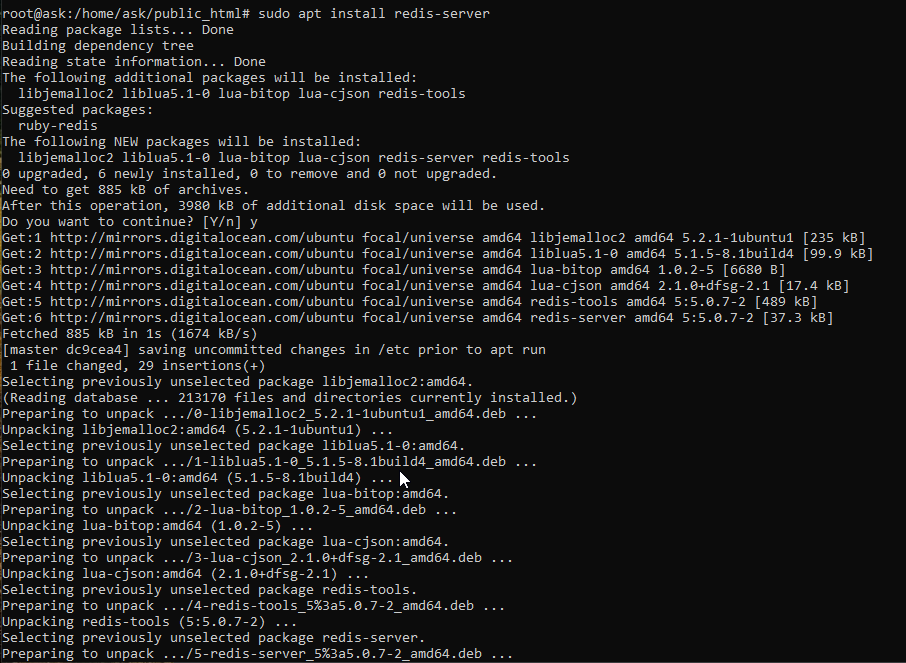
@Hari said in Issues getting Flarum to work on new host:
the inner discussion pages still not loading
This is also expected as you haven’t included the
.nginx.conffile. Hold on a second. -
@Hari works now - see config below (highlighted section)
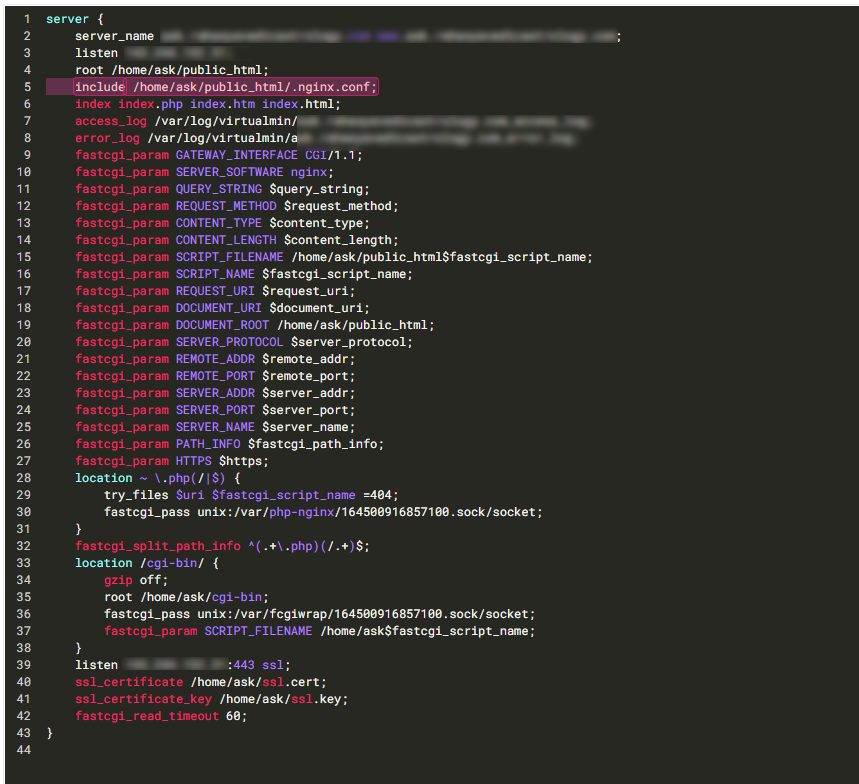
-
 undefined phenomlab referenced this topic on
undefined phenomlab referenced this topic on
-
@phenomlab is this config file?
-
@Hari Your NGINX site config file, yes. Essentially, we just include the
.nginx.conffile in there so it’s loaded when the site is. You needmod_rewritefor Flarum to work
-
@phenomlab could you tell me the path of this file
-
@Hari Sending in PM for security reasons
-
@Hari Redis also functioning as expected
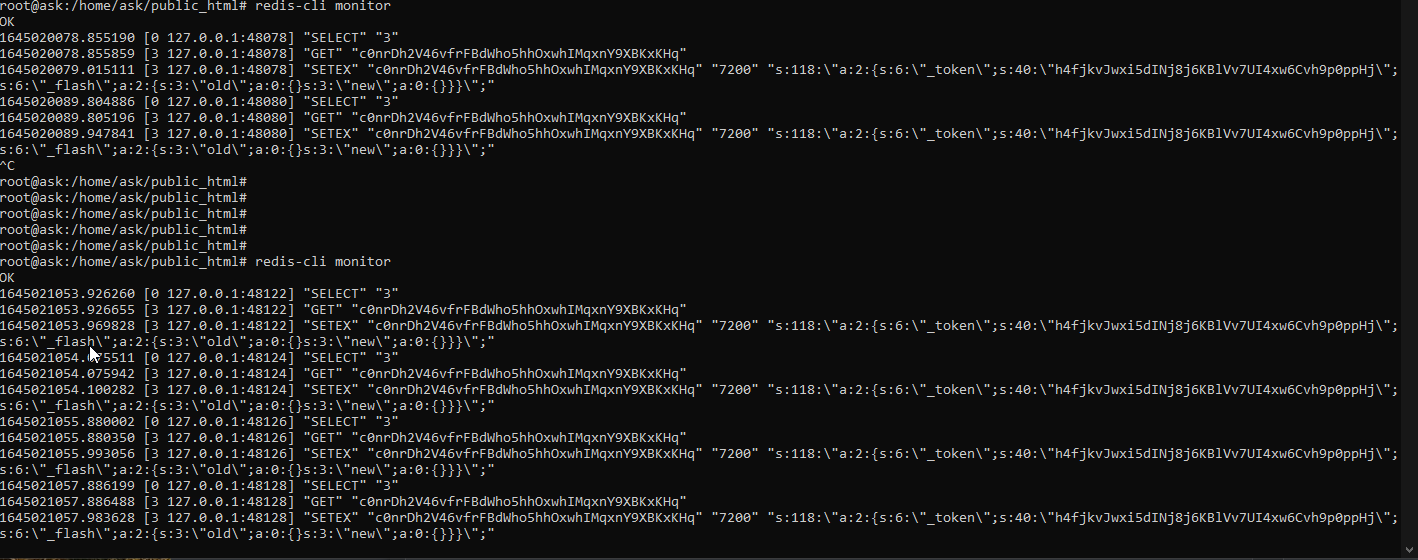
-
@phenomlab i think my server has no proper ssl configured
should i need to set this to default? at domain level (virtualmin server ) lets encrypt also failing to issue certificate

i think i should change IP to my subdomain in nignx file? at the above screenshot area?
-
failure reason
Domain: www.ask.domain.com Type: unauthorized Detail: No TXT record found at _acme-challenge.www.ask.domain.com -
@Hari You should only apply the certificate at Virtualmin level, so here for example. You’ll need to update your DNS first before you can get a certificate.
